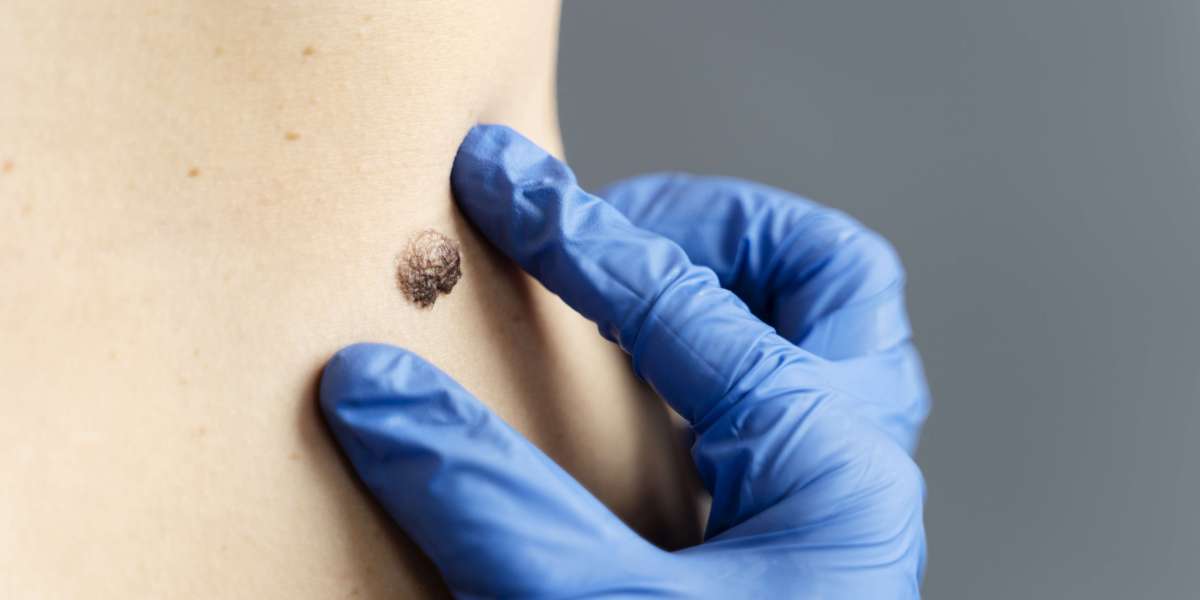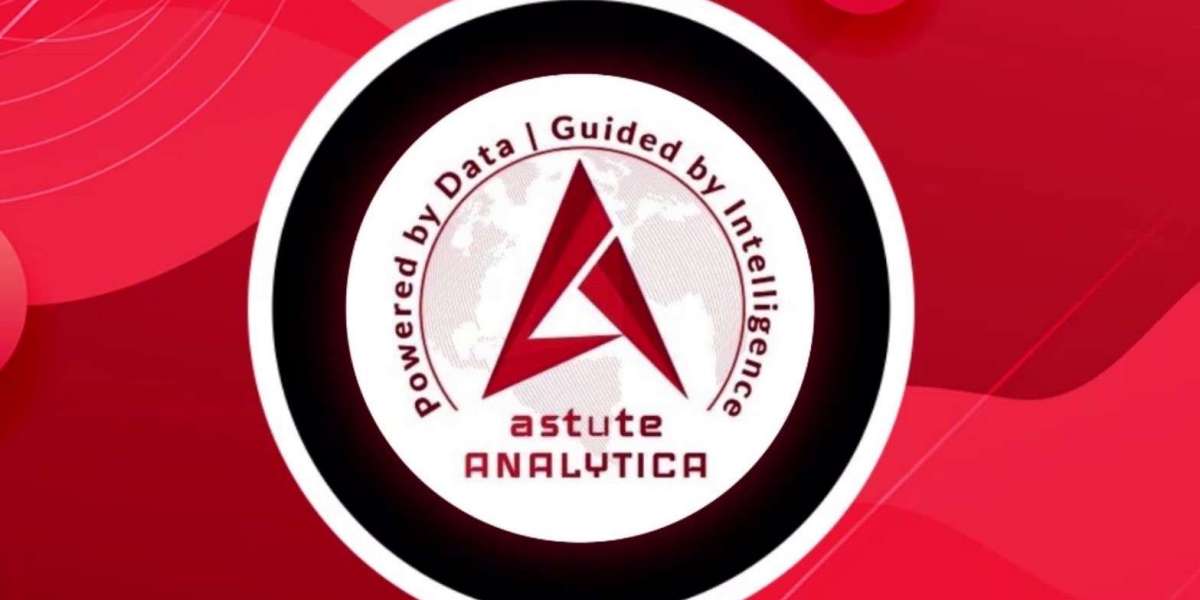Warts are common skin growths caused by the human papillomavirus (HPV), and while they are generally harmless, they can be unsightly and sometimes painful. Whether on your hands, feet, or other parts of your body, warts can become a source of discomfort or embarrassment. If you're looking for wart removal in San Antonio, it's essential to understand the safest and most effective methods available. In this article, we'll cover a range of wart removal methods and provide tips for choosing the right approach to remove warts effectively and safely.
What Are Warts and Why Do They Appear?
Warts are small, rough, and often raised growths on the skin caused by the HPV virus. There are several types of warts, including:
Common warts: Typically found on hands, fingers, and elbows.
Plantar warts: Found on the soles of the feet, often painful due to pressure.
Flat warts: Small, smooth warts that can appear on the face, legs, or arms.
Genital warts: Occur in the genital area and are typically sexually transmitted.
Warts are contagious and can spread through direct contact with an infected person or by touching surfaces that have been contaminated with the virus. While most warts eventually disappear on their own, they can take months or even years to go away. For this reason, many individuals choose to have their warts removed, especially if they cause discomfort or are located in visible areas.
How to Safely Remove Warts
If you are seeking wart removal in San Antonio, there are several methods available, each with its pros and cons. Here’s an overview of some of the most common and effective wart removal treatments.
1. Over-the-Counter Treatments
One of the most accessible options for wart removal in San Antonio is using over-the-counter (OTC) treatments. These treatments contain salicylic acid, which works by softening the wart and allowing it to gradually peel off. OTC treatments come in various forms, including liquids, gels, and patches.
How to Use Salicylic Acid for Wart Removal:
Clean the area: Wash the area around the wart with soap and water, and dry it thoroughly.
Apply the treatment: Apply a thin layer of the salicylic acid product directly to the wart, following the product's instructions carefully.
Cover the wart: Some products come with adhesive patches that help keep the treatment in place. You may also need to cover the wart with a bandage.
Soak and scrub: After several days of treatment, soak the wart in warm water and gently scrub it with a pumice stone or nail file to remove the dead skin.
While salicylic acid is effective for many people, it may take weeks or even months to completely remove the wart, so patience is key. Be sure to follow the instructions on the product carefully and avoid using it on broken or irritated skin.
2. Cryotherapy (Freezing Treatment)
Cryotherapy, or freezing, is one of the most commonly used methods for wart removal in San Antonio. This treatment involves applying liquid nitrogen to the wart to freeze it, causing the wart to fall off after a few treatments. Cryotherapy is a quick procedure, usually performed by a dermatologist, and works by destroying the wart tissue.
How Cryotherapy Works:
The doctor or medical professional applies liquid nitrogen directly to the wart, which freezes the tissue.
Over time, the frozen skin will form a blister beneath the wart.
After a week or two, the wart will fall off along with the blistered skin.
Cryotherapy is generally effective, but it may require several sessions for stubborn warts. This method can also cause some discomfort, such as burning or stinging, during the procedure. The area may also be sore after the treatment, and blisters or redness may occur as the skin heals.
3. Laser Wart Removal
Laser wart removal is an advanced procedure that uses concentrated light to destroy the wart tissue. This method is often used for warts that are resistant to other treatments or located in sensitive areas, such as the face or genital area. Wart removal in San Antonio can often involve laser treatments in specialized clinics or dermatology centers.
How Laser Wart Removal Works:
The doctor uses a laser to target the blood vessels that supply the wart with nutrients.
By cutting off the blood supply, the wart tissue is destroyed, causing it to eventually fall off.
Laser treatment can be precise and effective, especially for hard-to-remove warts.
Laser wart removal is usually a fast procedure that requires little recovery time. However, it may be more expensive than other treatments and could cause some redness or swelling after the procedure. It is often considered when other methods like salicylic acid or cryotherapy have been ineffective.
4. Electrosurgery (Electrodesiccation)
Electrosurgery, or electrodesiccation, is another medical procedure used for wart removal in San Antonio. This method involves using an electric current to burn the wart tissue, causing it to dry up and fall off. Electrosurgery is often used for larger or more stubborn warts that do not respond to other treatments.
How Electrosurgery Works:
The wart is numbed with a local anesthetic before the procedure.
An electric current is then applied to the wart using a specialized tool.
The heat from the current dries out the wart tissue, and it gradually falls off after a few days.
Electrosurgery is a highly effective method for wart removal, but it may require some recovery time. The area may be swollen or scabbed after the procedure, and there may be a slight risk of scarring.
5. Surgical Removal
In some cases, a medical weight loss doctor or dermatologist may recommend surgical removal of the wart, particularly if the wart is large, deep, or resistant to other treatments. This is typically done for plantar warts or warts located in sensitive areas.
How Surgical Removal Works:
The doctor will numb the area around the wart with a local anesthetic.
The wart is then cut out using a scalpel or another surgical tool.
The wound may be stitched up, depending on the size of the wart and the area treated.
While surgical removal can be effective, it is typically considered a last resort due to the potential for scarring and a longer recovery time.
6. Natural Remedies for Wart Removal
Some people prefer to use natural or home remedies for wart removal. While these treatments are not always scientifically proven to be effective, some individuals report success with certain methods. It's important to note that these remedies may take longer to work and might not be as reliable as medical treatments.
Common Natural Remedies:
Apple cider vinegar: The acidity of apple cider vinegar may help break down the wart tissue. Soak a cotton ball in vinegar, apply it to the wart, and cover it with a bandage overnight.
Garlic: Garlic contains compounds that may have antiviral properties. Crush a garlic clove, apply it to the wart, and cover it with a bandage.
Tea tree oil: Tea tree oil has antifungal and antimicrobial properties. Apply a few drops to the wart twice a day to potentially speed up the removal process.
If you choose to try natural remedies, be sure to do so with caution and avoid using harsh or irritating substances that could damage your skin.
Tips for Safe Wart Removal
No matter which method you choose for wart removal in San Antonio, safety should always be your top priority. Here are some important tips to ensure safe and effective wart removal:
Consult a Healthcare Provider: Before attempting any wart removal treatment, consult with a healthcare provider, especially if the wart is large, painful, or located in a sensitive area.
Avoid Picking at Warts: Picking at warts can cause them to spread to other areas of your skin. Always let the treatment method work as directed.
Follow Instructions: Whether you're using an OTC treatment or seeking professional care, always follow the instructions provided for the treatment. This ensures you get the best results with minimal risk.
Monitor for Side Effects: Some treatments, such as cryotherapy or laser removal, may cause temporary redness, swelling, or scarring. If you experience severe side effects, contact your healthcare provider immediately.
Practice Good Hygiene: Warts are contagious, so it's important to wash your hands frequently and avoid touching other areas of your skin or sharing personal items with others.
Conclusion
If you're struggling with warts and looking for wart removal in San Antonio, there are a variety of treatments available to help you safely and effectively remove them. Whether you opt for over-the-counter solutions, cryotherapy, laser treatment, or other methods, make sure to consult with a healthcare provider to determine the best course of action for your specific needs. By following safe practices and seeking professional guidance, you can achieve clear, smooth skin and eliminate the nuisance of warts once and for all.








